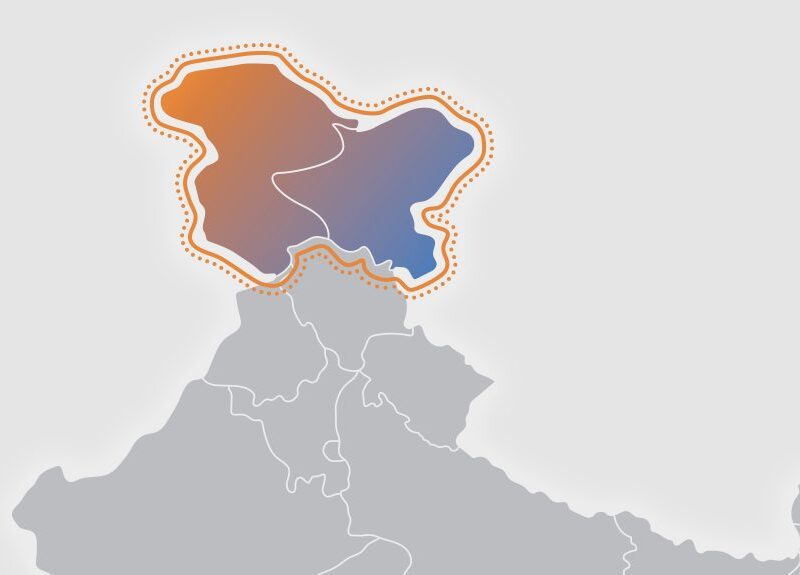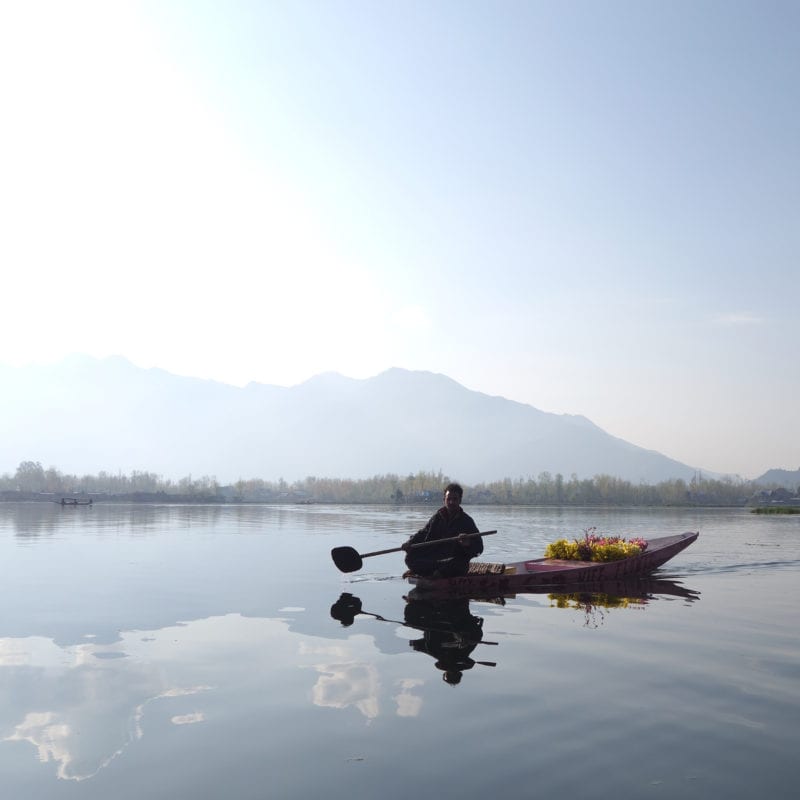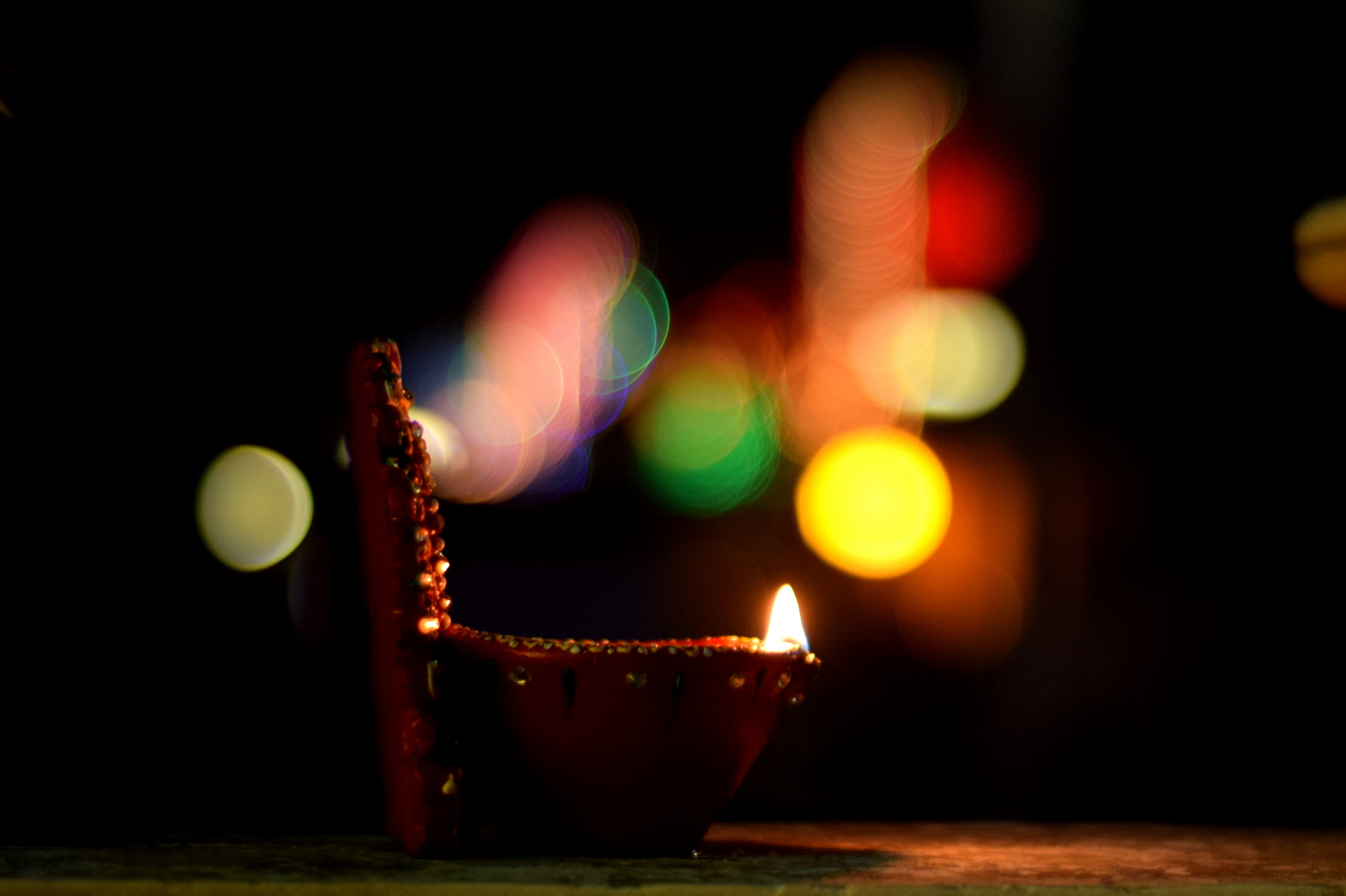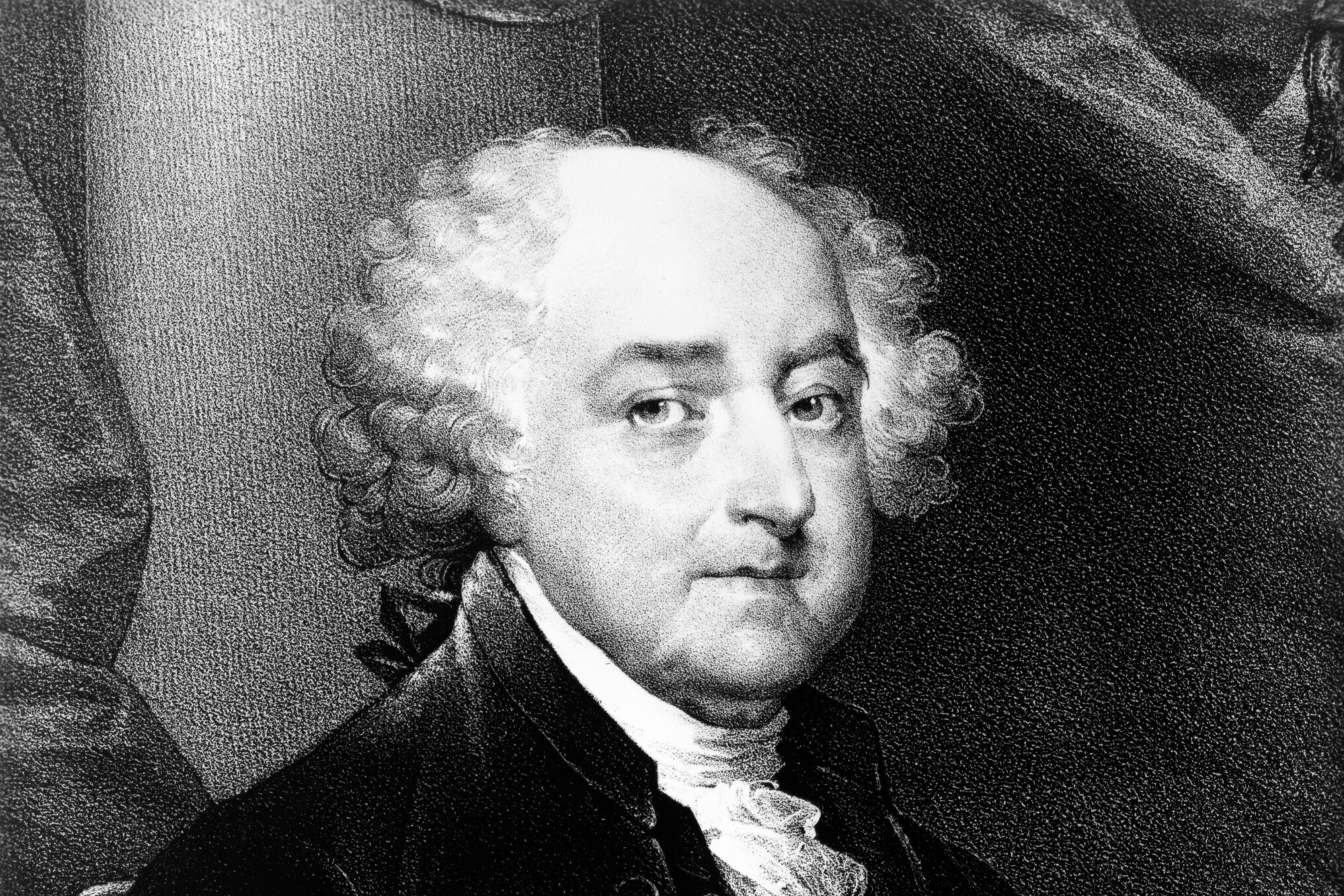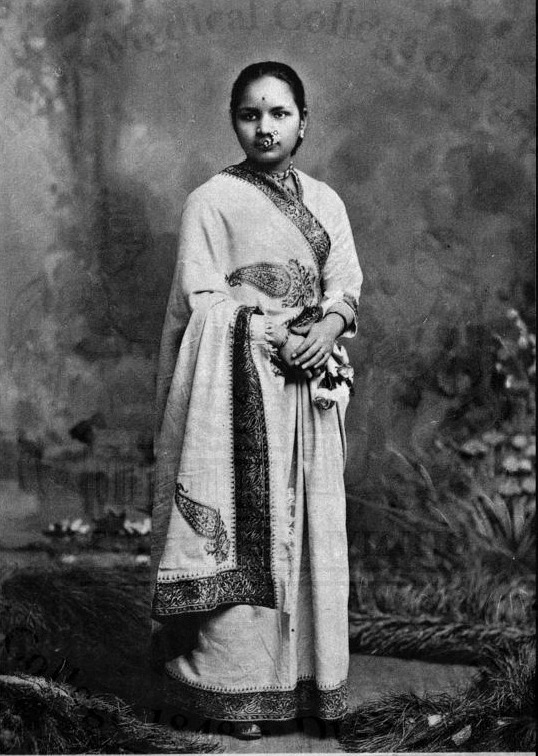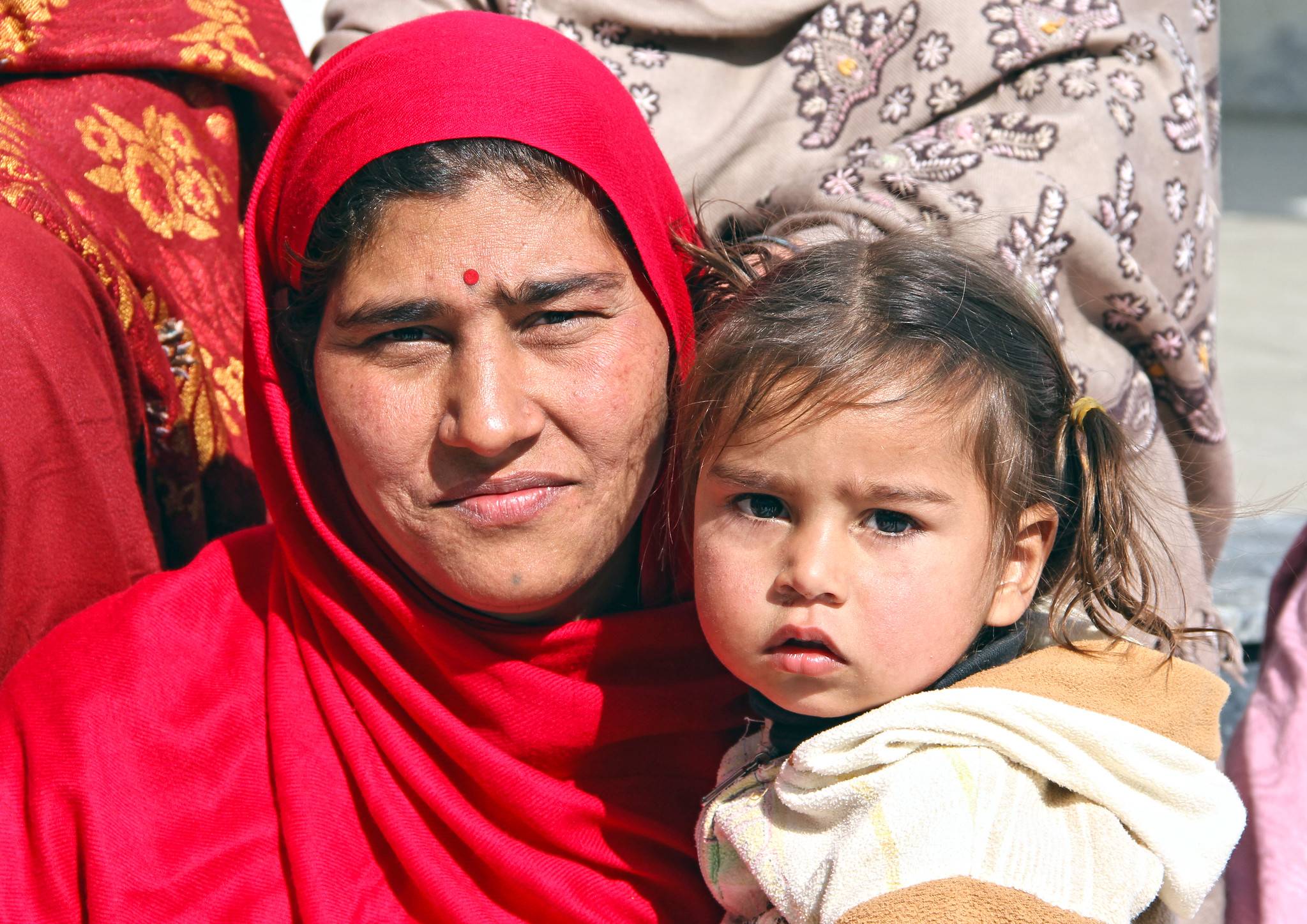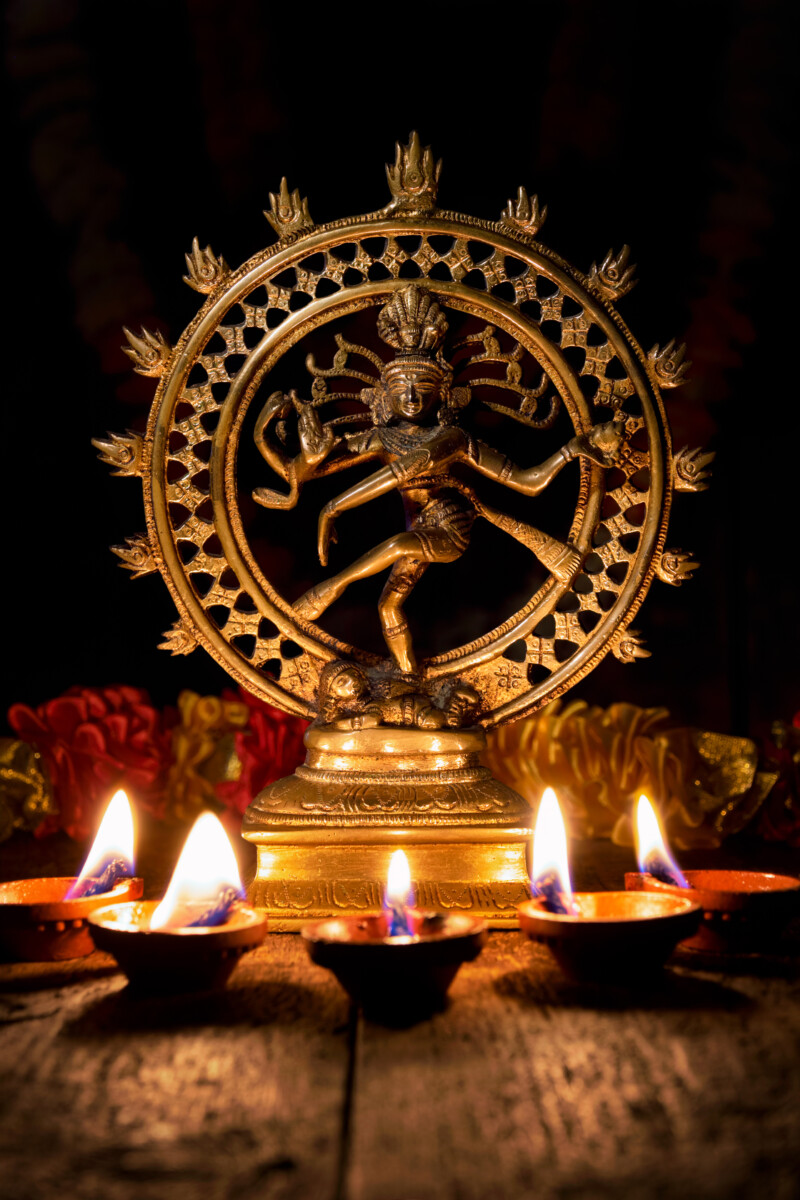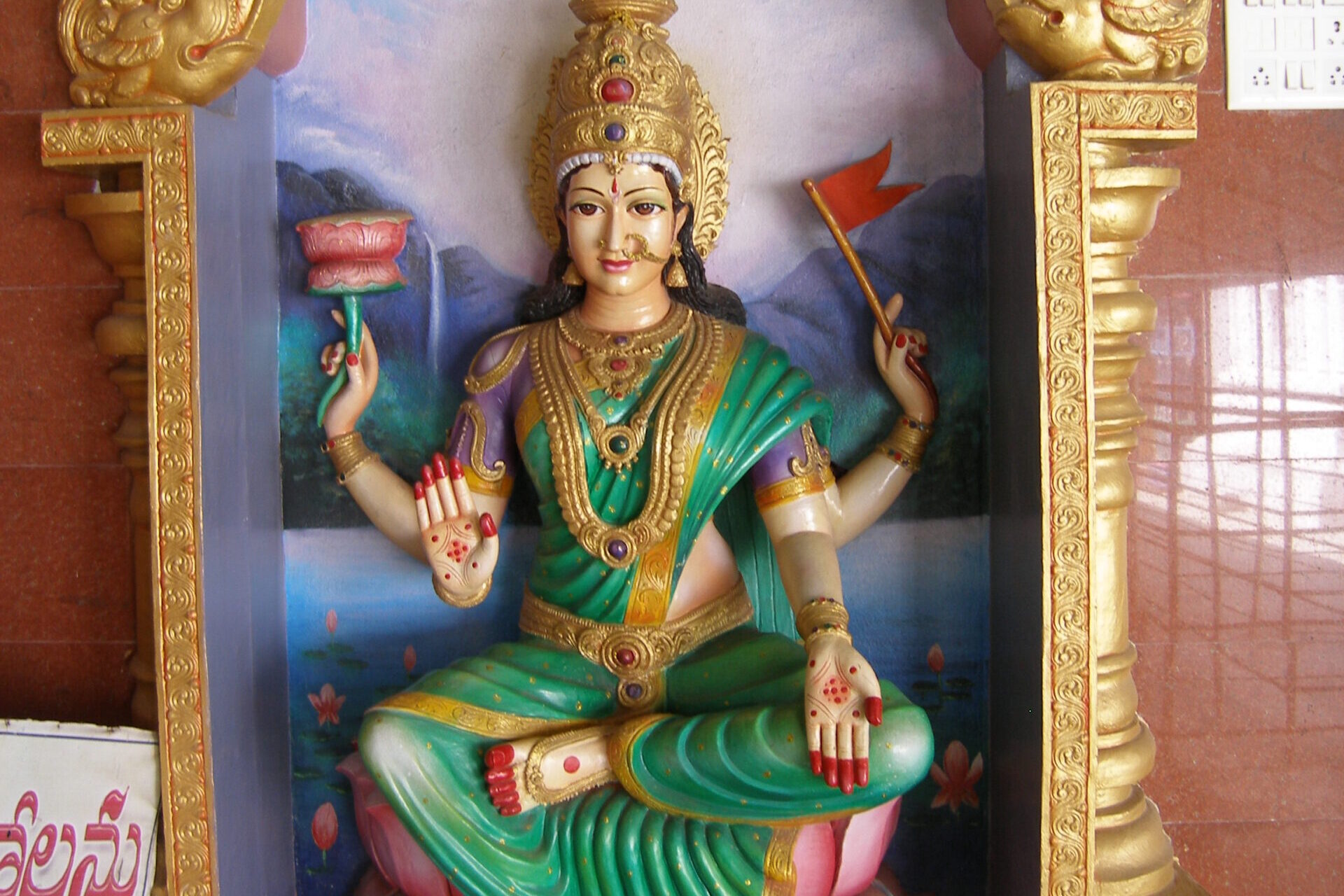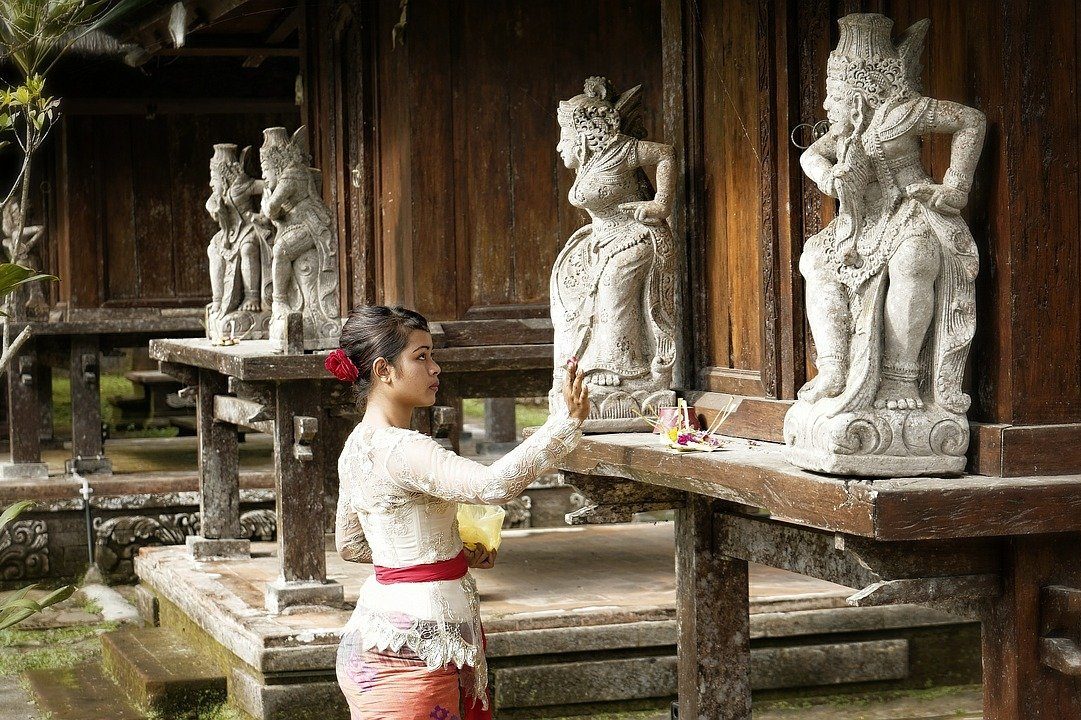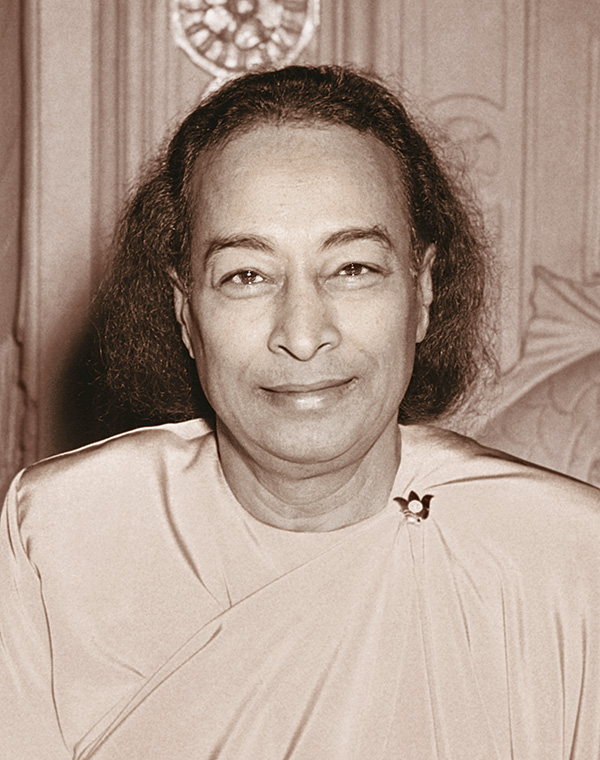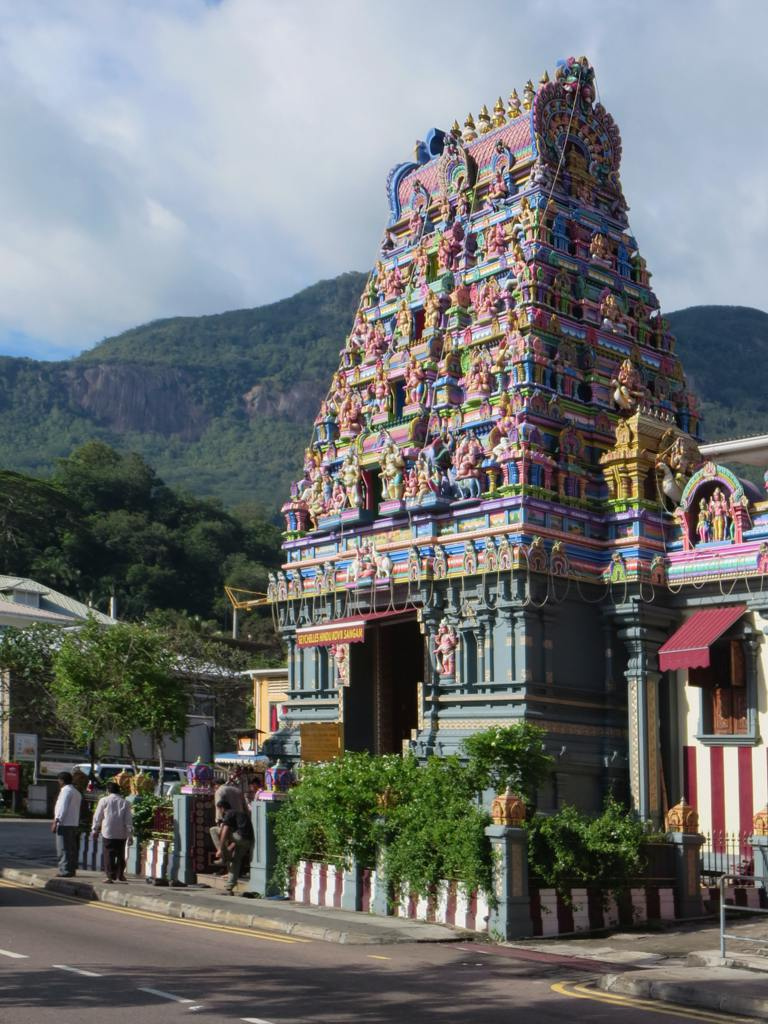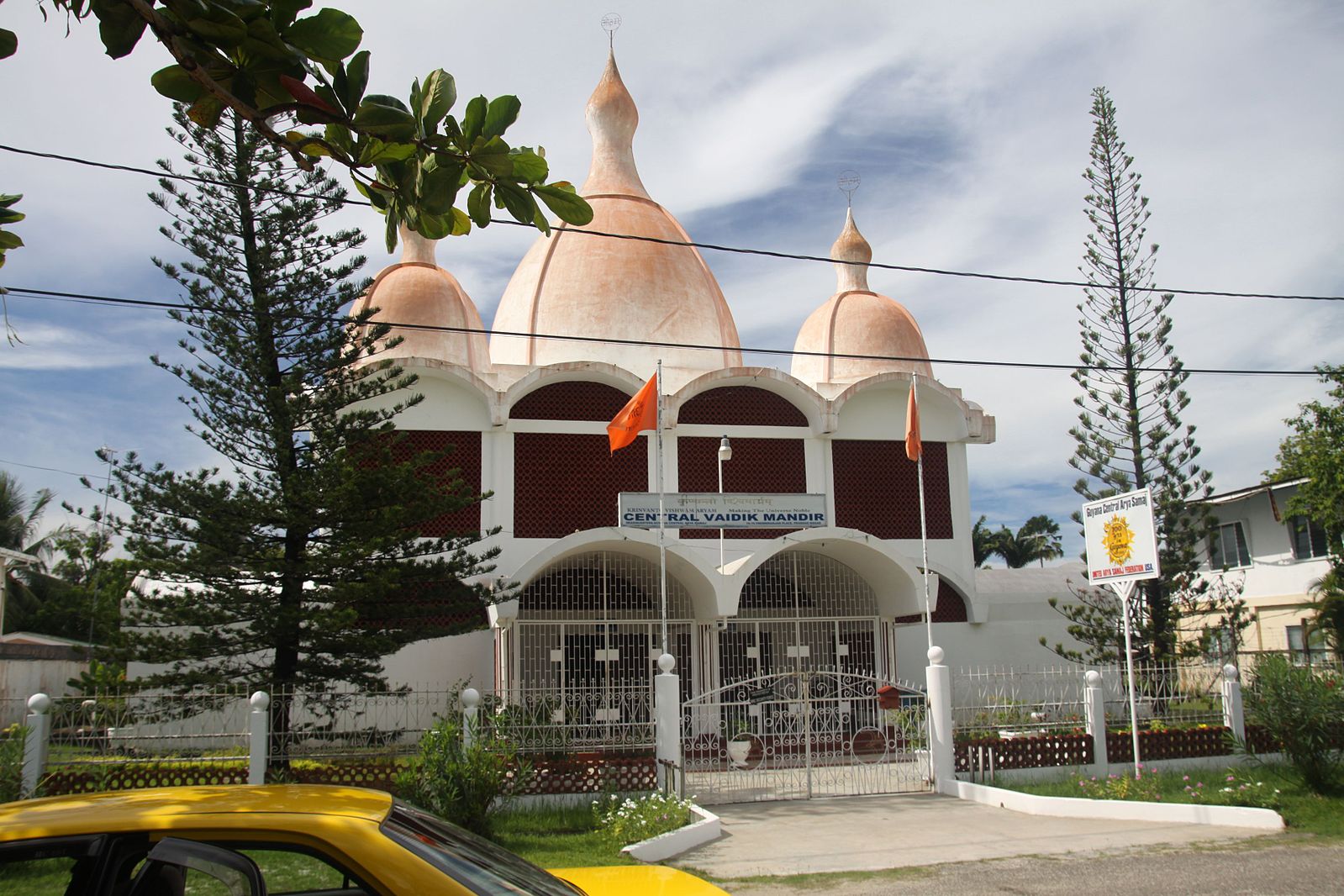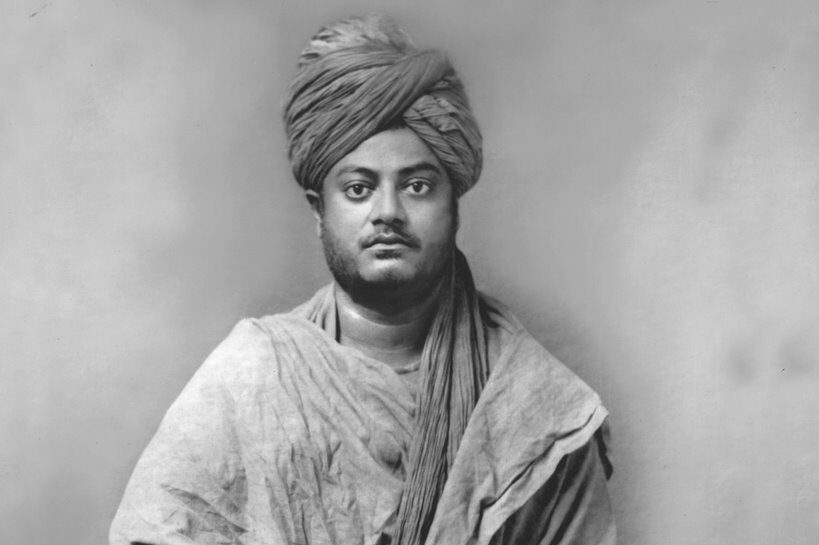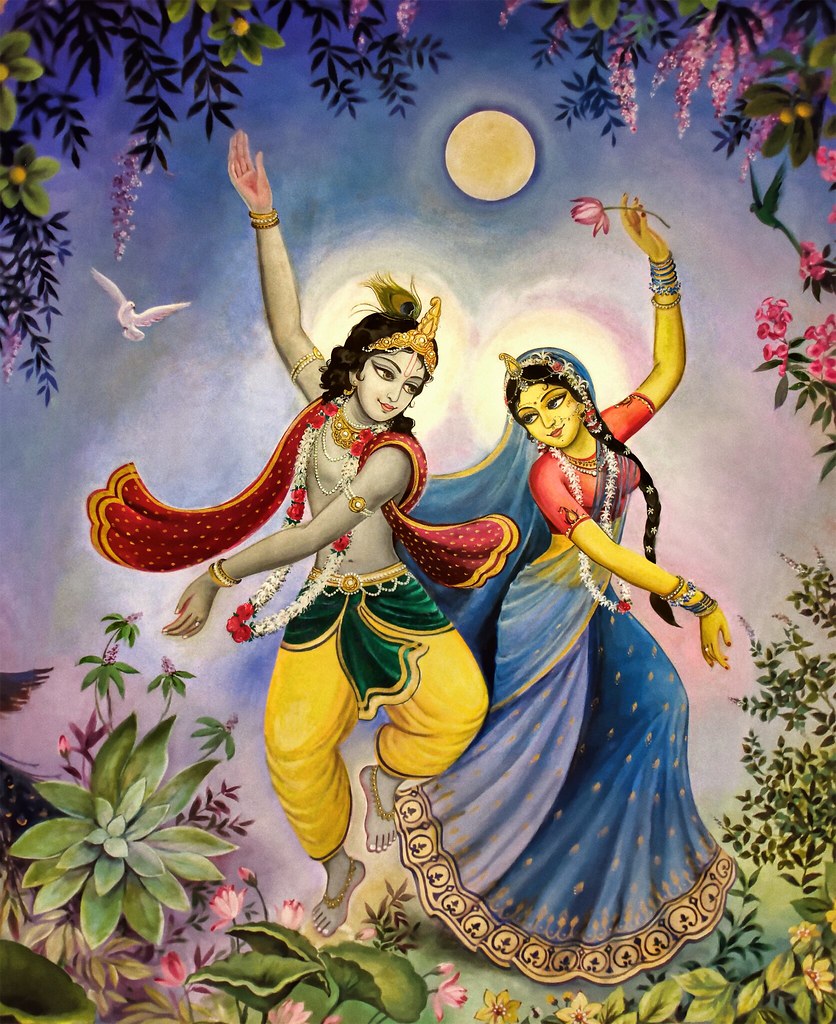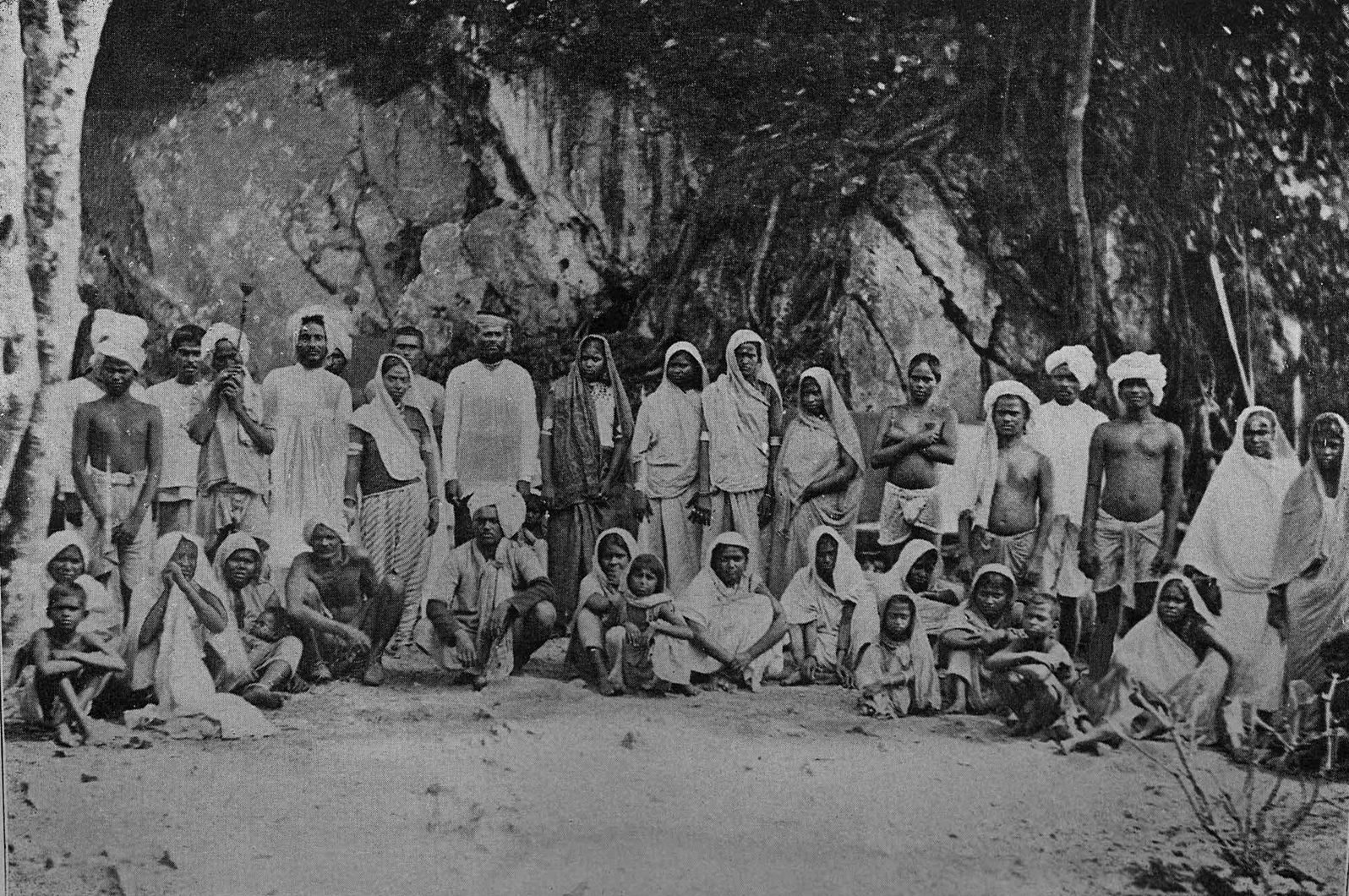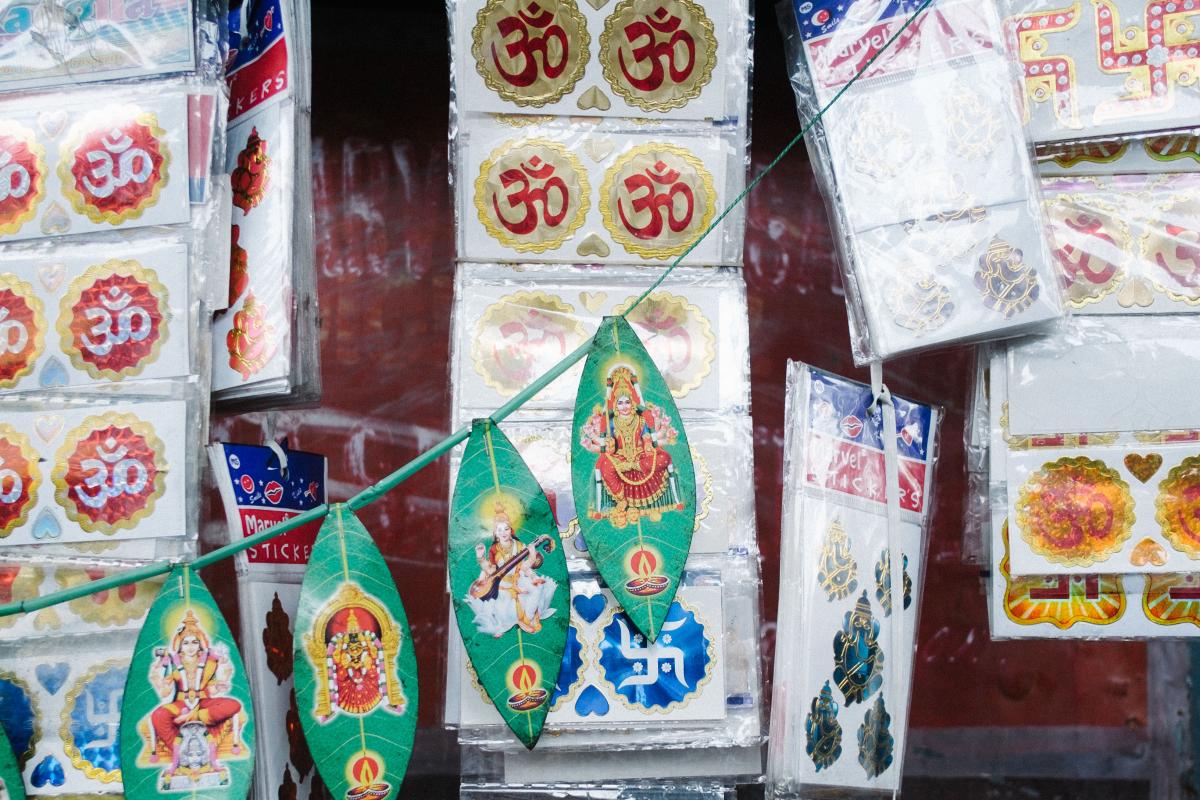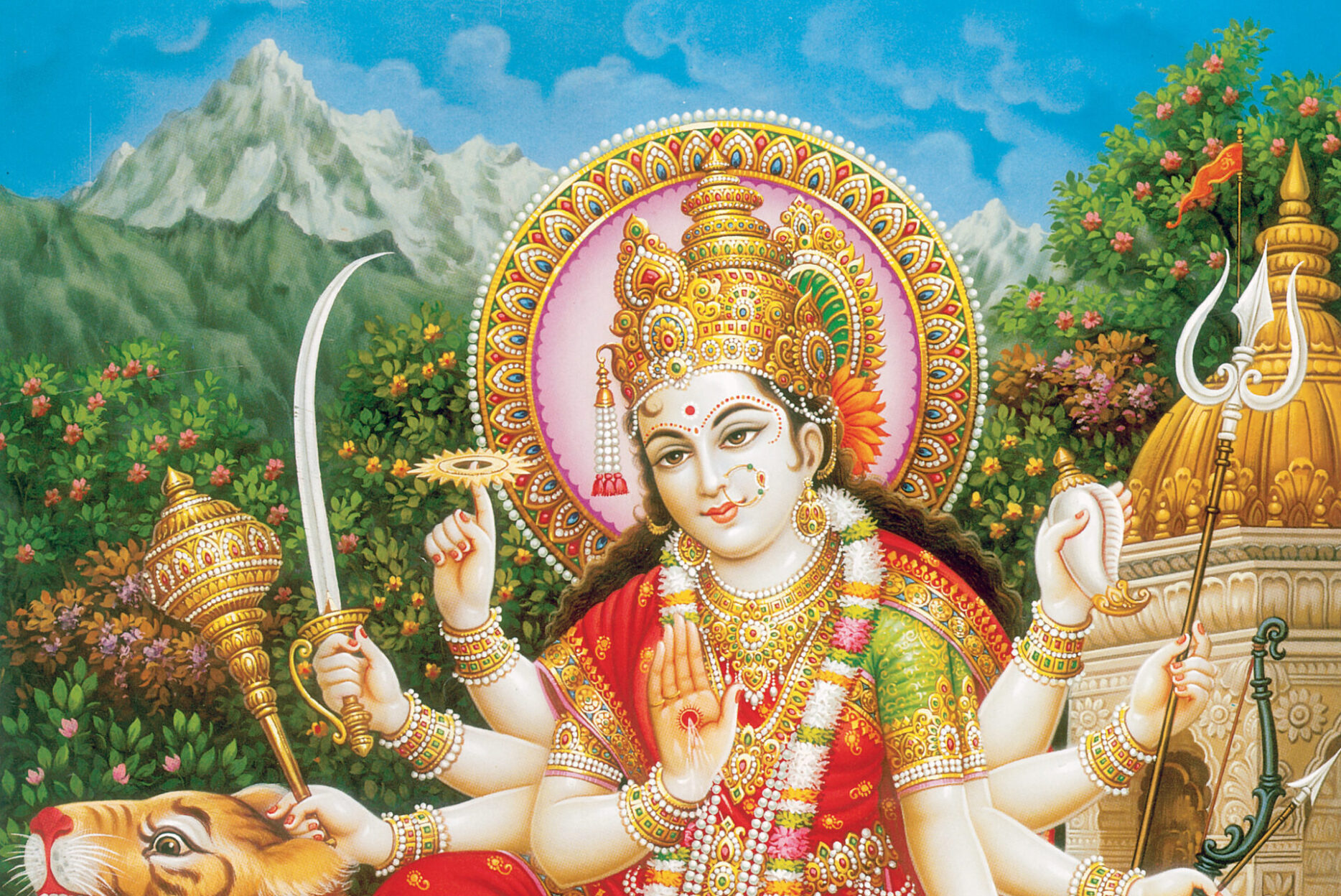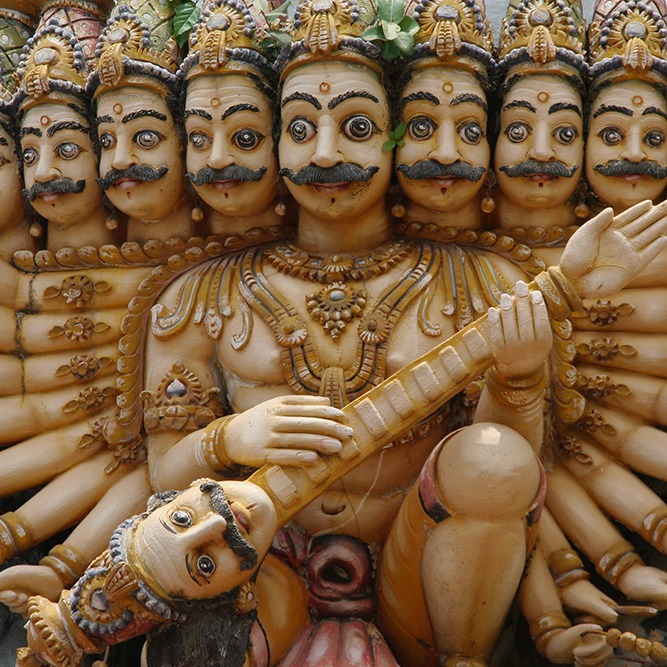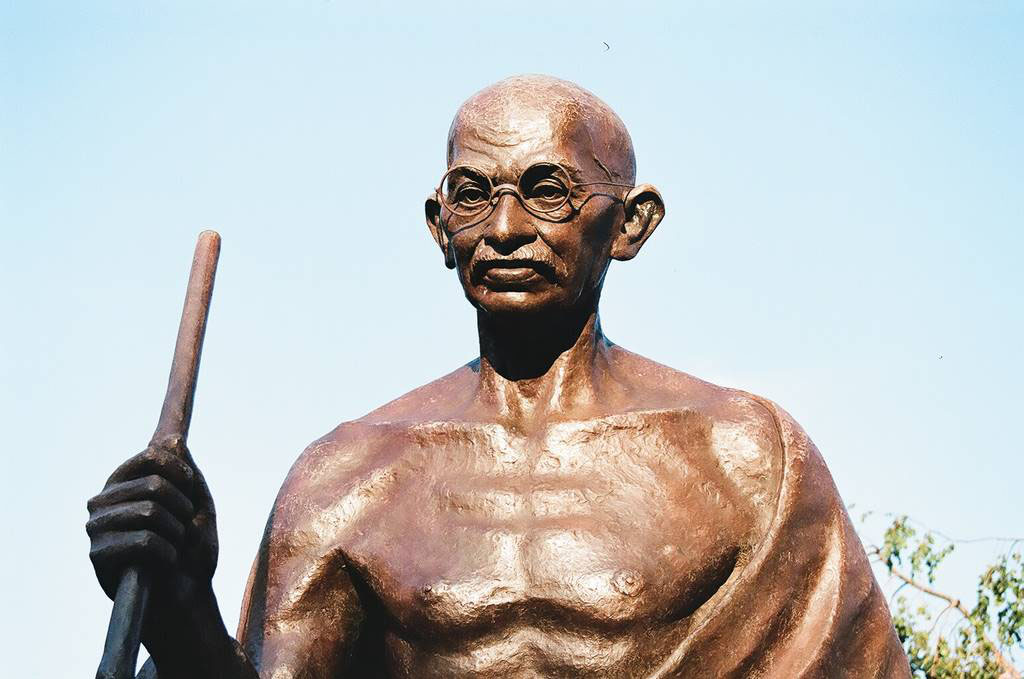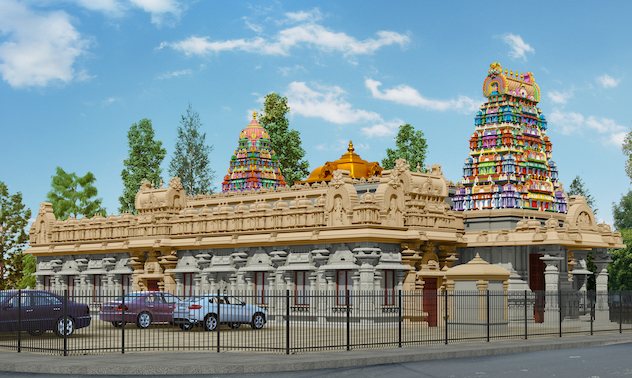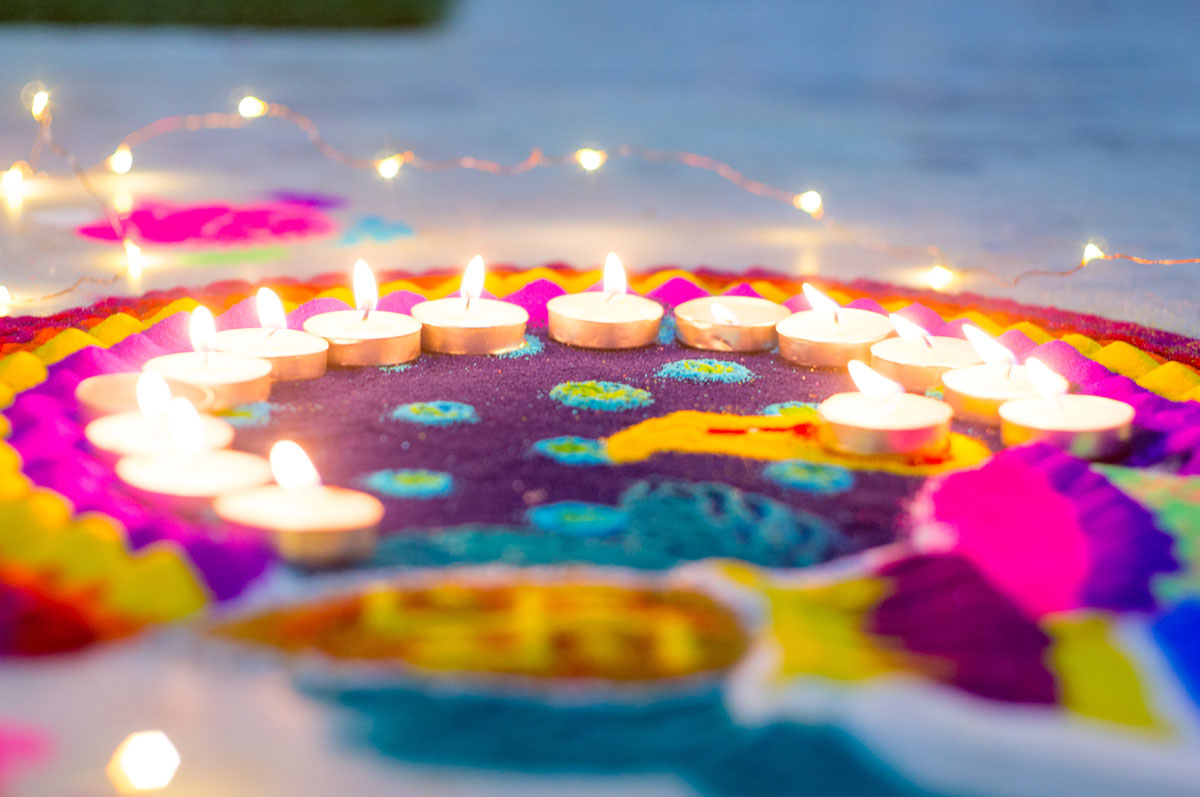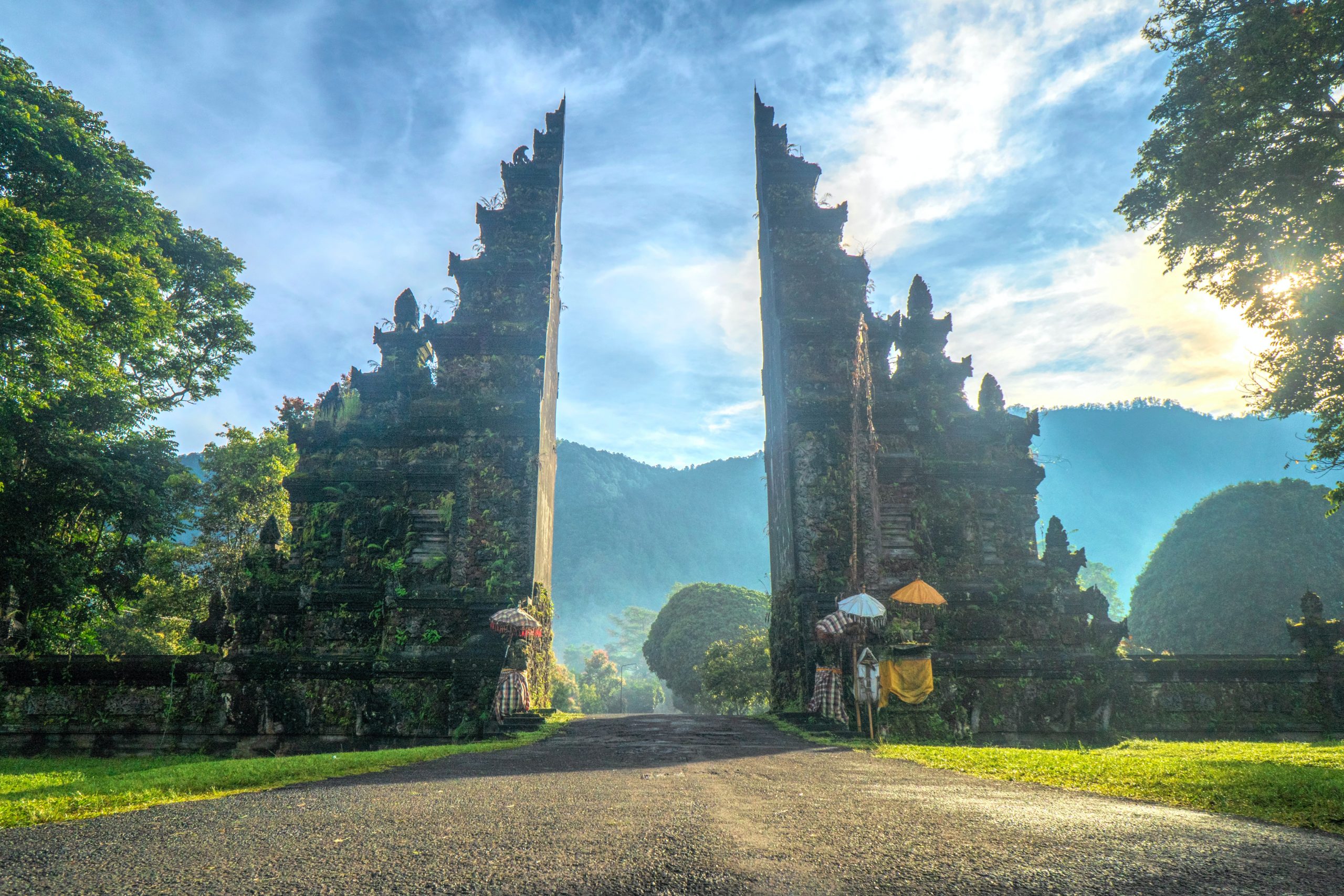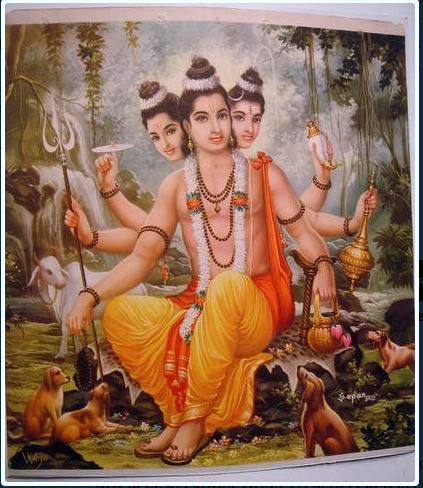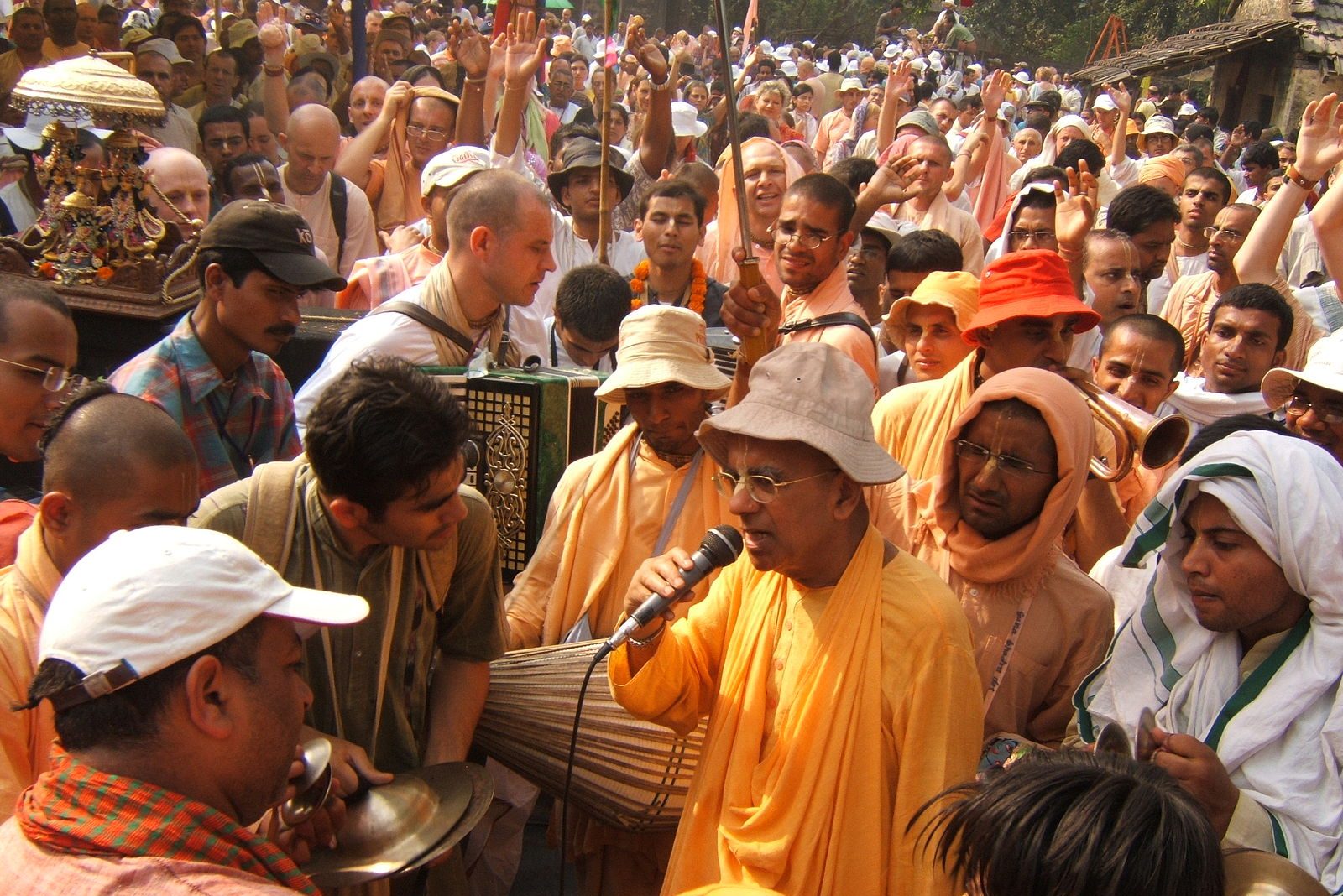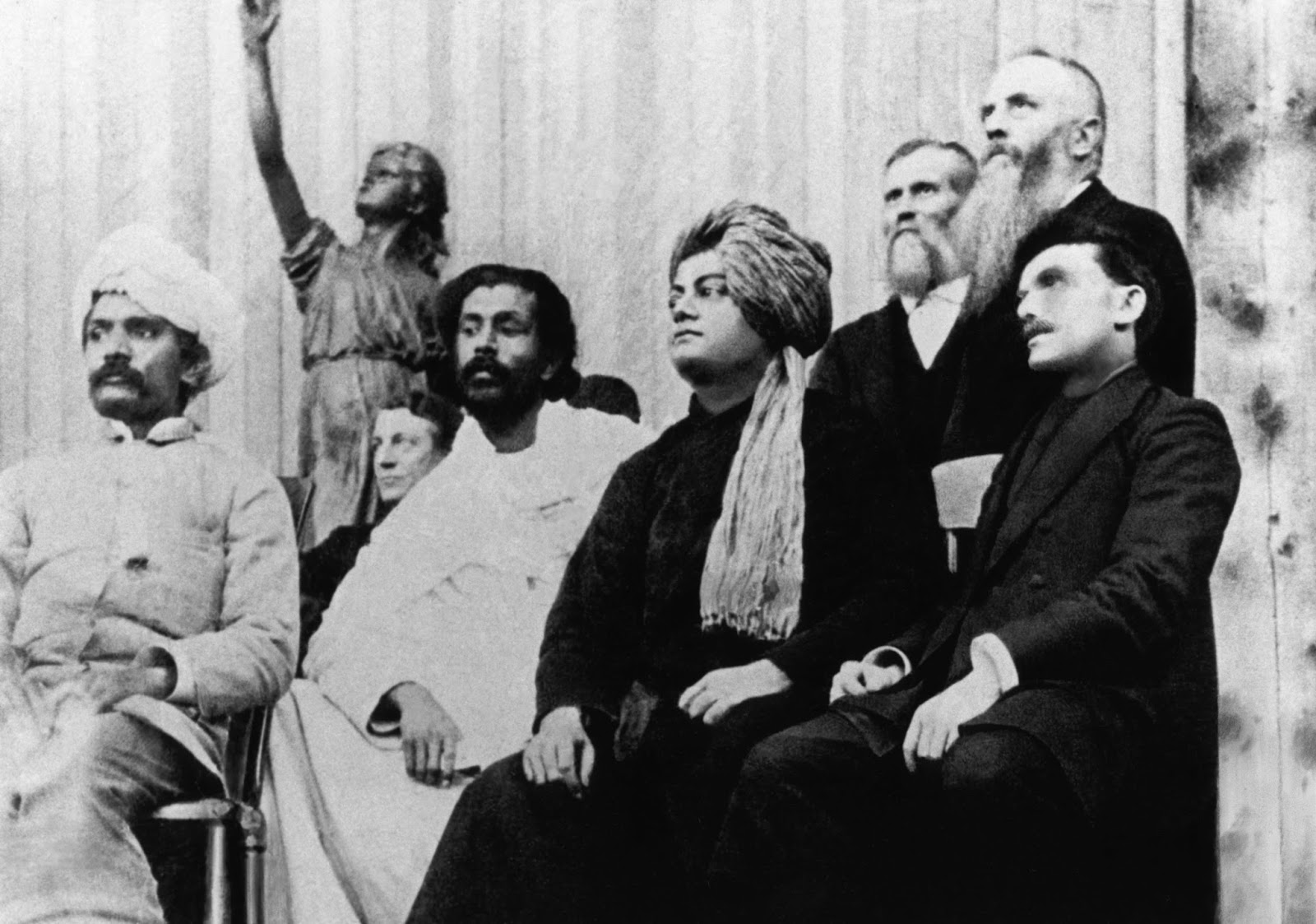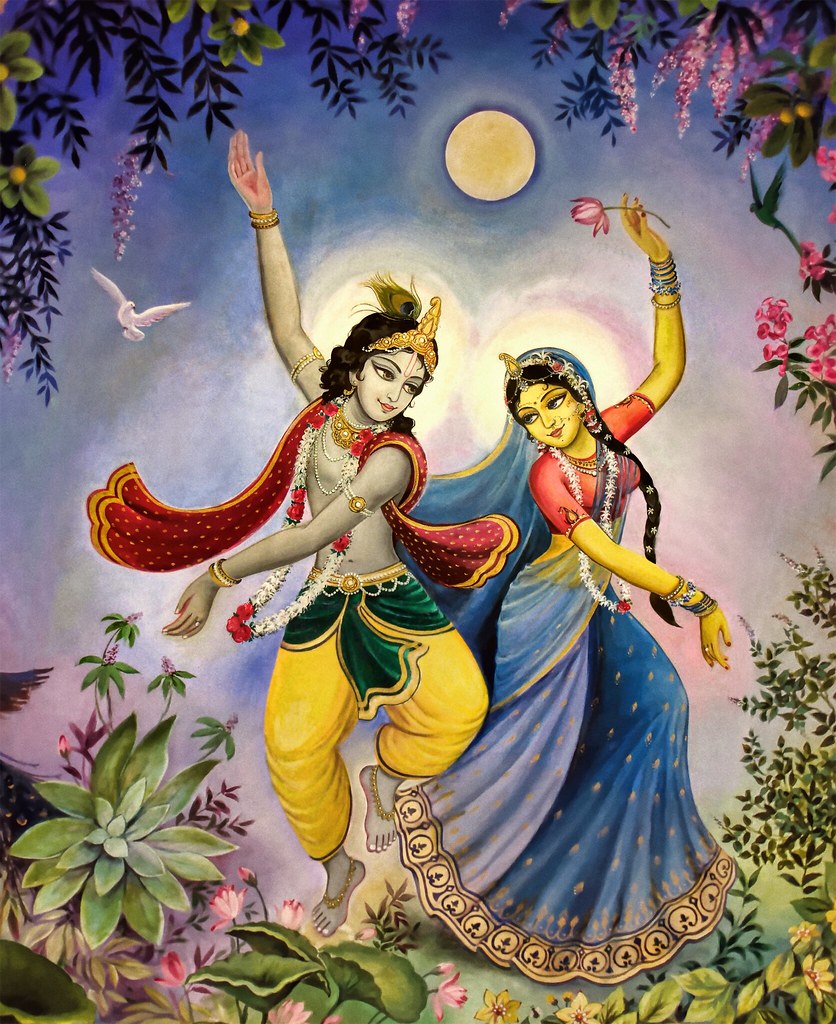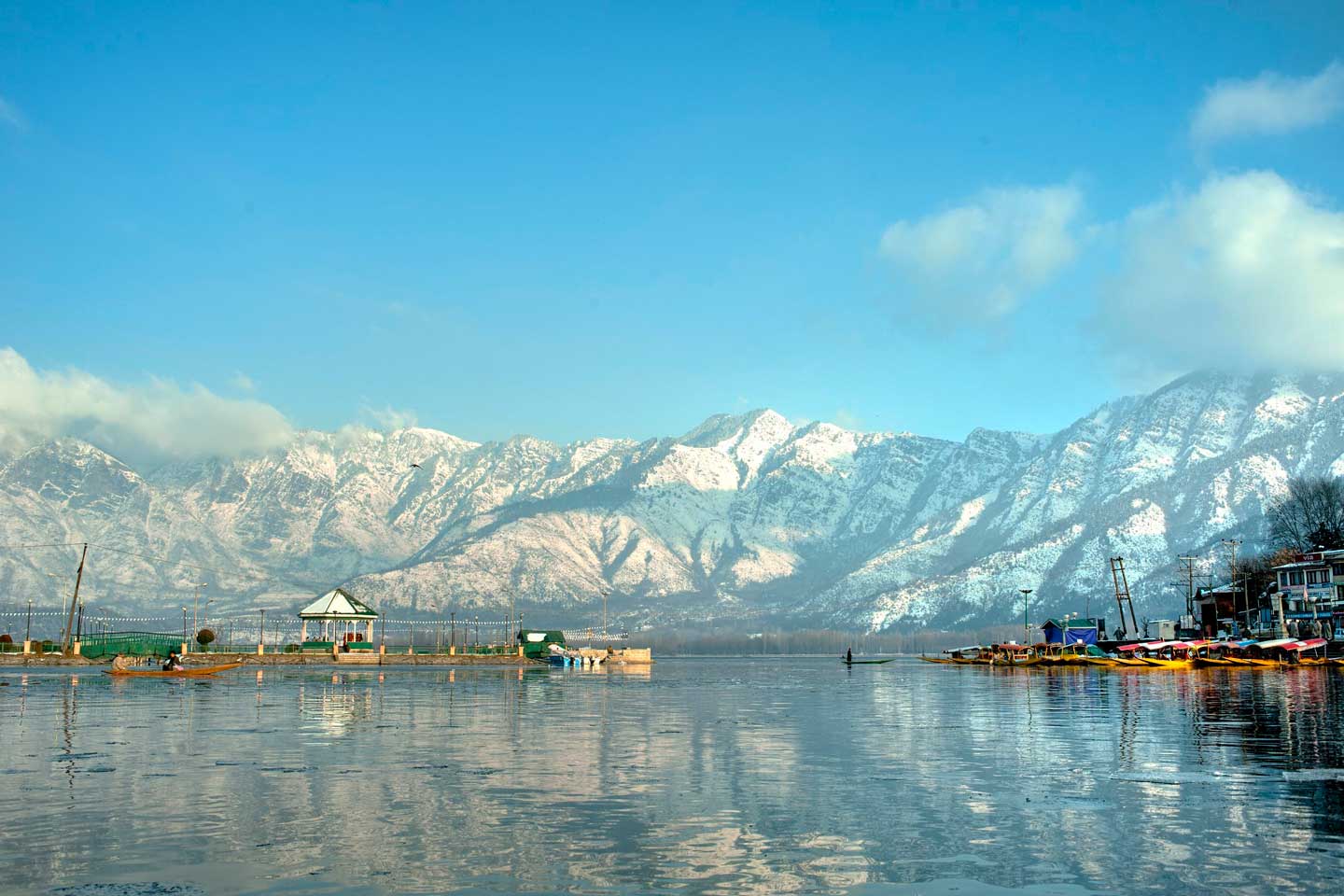
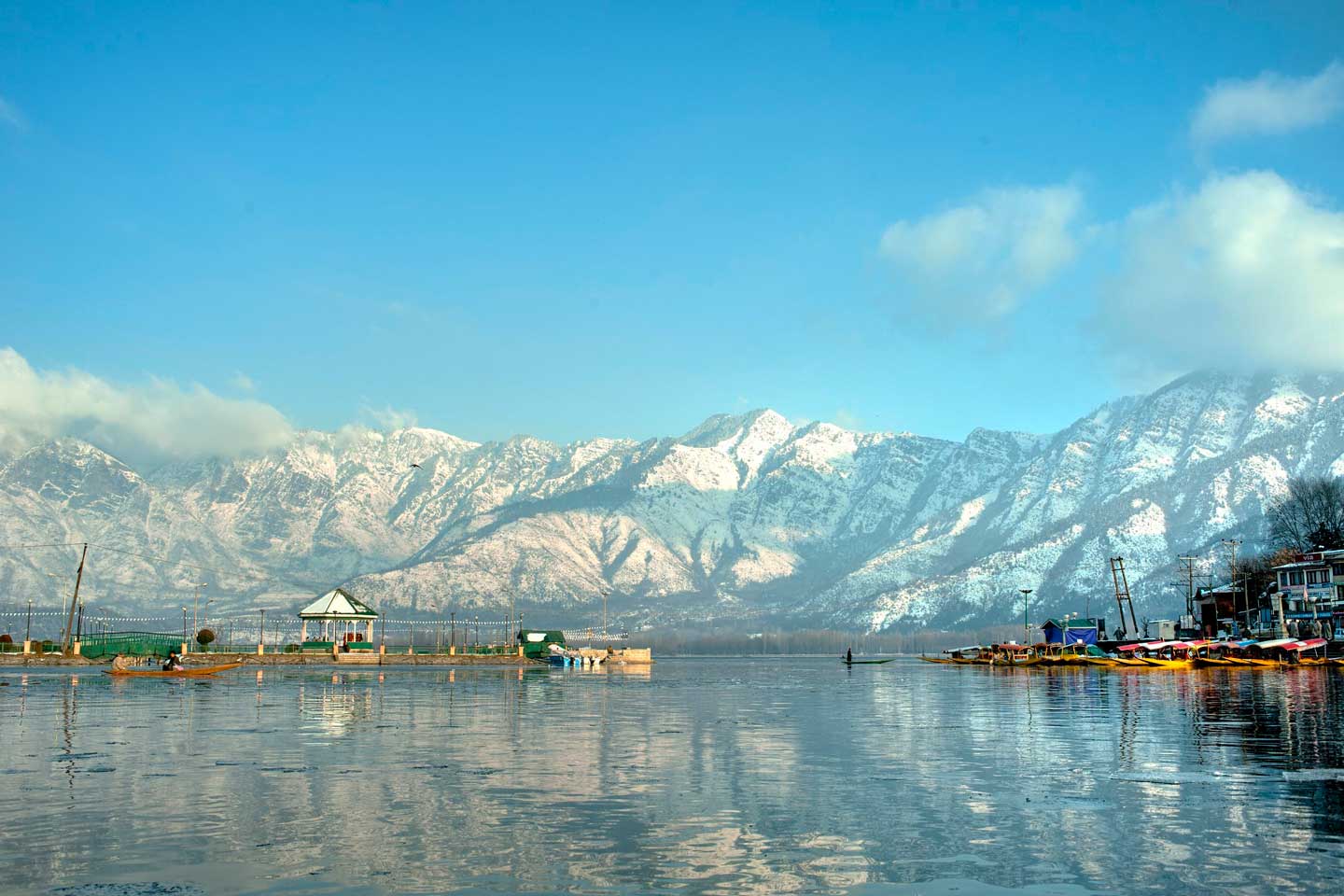
In the days immediately after the Pahalgam terrorist attack on April 22nd, there was outcry from many observers about how media, particularly Western media, seemed to be avoiding using the word “terrorist” or “terrorism” in relation to the killing of some 26 civilians (the majority of whom were Hindu and all but one Indian). Media would call the attackers “gunmen” or “militants” or “rebels” but never “terrorists”, the accusations went.
There is a good journalistic point to be made that while an attack itself can be an act of terrorism, it is more neutral to describe the group carrying out such an attack as militants, or separatists, or any number of other terms. But as commentators pointed out, a double standard still seemed to be at play, as the same outlets avoiding the T word for Pahalgam didn’t hesitate to use it when an attack targeted a synagogue or a mosque or a church in the US, Australia, or Europe.
With this perception as my starting point, I chose to look into reporting around the Pahalgam attack more systematically to see if there really was some level of media bias involved.
METHODOLOGY
To do this I looked at the top 50 Google news search results for the word “Pahalgam” from April 22nd to May 14th, in English language media across the globe. The search was conducted on May 15th, from Los Angeles, California, using a Macbook Air running the latest version of MacOS and the Safari browser. Searches conducted from different locations and different dates may yield different results.
In examining these articles I assessed them based on the following questions:
- Would a reader without prior knowledge of the Kashmir conflict, based on reading the article, believe that the actions of India were: a) Positive, b) Neutral, c) Negative?
- Would a reader without prior knowledge of the Kashmir conflict, based on reading the article, believe that the actions of Pakistan were: a) Positive, b) Neutral, c) Negative?
- Did the article use the words “terror” “terrorist” or similar in the body of reporting or in quotation to describe the incident? That is, did the reporter themself assert that the attack was an act of terrorism, did they quote someone else that it was an act of terror, or was the term or similar never used at all?
- Did the article use the term “Islamist”, “jihadist”, or similar to describe the ideology of the attacks? Given that the group that claimed responsibility for the attack is affiliated with Lashkar-e-Taiba, a recognized Islamist terrorist group, was this ideology plainly stated?
- Did the article mention that the victims were nearly all Hindu and that they were singled out by religion before being killed, yes or no?
- Did the article mention that there were Kashmiri Muslim protests against terrorism following the attack, yes or no?
- Did the article mention the history of accession, how the former Princely State of Jammu & Kashmir became part of India, and if so was it detailed enough that a reader without prior knowledge could understand the base dynamics of the Kashmir conflict, yes or no?
- Did the article mention conditions of the plebiscite which the UN said should happen, that Pakistan withdraw forces, yes or no?
- Did the article mention the ethnic cleansing of Hindus in 1989-91 from the Kashmir Valley, yes or no?
What does ‘neutral’ mean?
Any definition of neutral reporting has varying levels of subjectivity. For the purposes of this analysis, I made judgments based on my 15+ years as a media professional working as a writer, journalist, commentator, and editor. With such experience, it is generally easy to assess intent behind competing word choices, or, at least, which alternate phrasings could be used in any part of an article to express the same intent. Furthermore, this categorization was done through the perspective of a hypothetical reader who would have no prior knowledge of the situation, and how the wording would be commonly understood. If a reader is coming to this situation for the first time, how is an article likely to be taken?
For example, if India’s actions, either in relation to this attack or to Kashmir more broadly, were characterized by an author as “draconian” or “heavy-handed” such terms will be taken by a reader as being a judgement on India’s actions, a negative one, not merely a description of actions. After all, few people take words like draconian as a positive descriptor. On the contrary, to describe actions from either Pakistan or India in the words of government officials or civilians affected by such actions in their own words, even if described in negative terms, is neutral reporting. Neutral reporting is presenting the situation as perceived by people closest to it from multiple perspectives, and then letting the reader assess credibility. To be sure, this method can still be used, in deft hands, to present a particular subjective perspective of a situation, but done properly, it is the acme of journalism.
On my own perspective
I present this disclaimer with the intent of laying on the table those factors that shape my thinking and could inform my analysis, particularly as to which questions are worth asking.
Perhaps more so than in any other similar media analysis I have done, I have a strong viewpoint on this subject. I believe Islamism to be a serious and underestimated threat to liberal values in the West, and a serious threat to Hindus in parts of India and South Asia more broadly, as well as to Muslims who do not espouse Islamism. I believe that the media overlooks this threat, sometimes in what seems to be a belief that if we don’t name this threat it will go away or perhaps out of the fear of being labeled Islamophobic. I believe few commenters adequately address the fact that should groups like Lashkar-e-Taiba win in Kashmir, the state that will be created will be a profoundly illiberal theocracy, a form of government that should be opposed by anyone upholding values such as secularism, liberalism, and pluralism. I believe that Western media in particular presents a Cliffs Notes version of the history of Kashmir, omitting what are key factors in understanding the conflict. I also believe that India is held to a different, more restrictive, standard than other nations when responding to terrorist incidents. Nations perceived as crucial to international affairs (rightly or wrongly) are given significant leeway when it comes to military action, while those perceived as being secondary (which, despite its rise on the world stage in the past decade, India is still perceived as, in comparison to wealthier nations) are urged to show restraint, as if they are children unable to fully assess what is best for them and act only on emotional impulse.
RESULTS
By source and country the top 50 search results I examined are as follows:
- 12 Al Jazeera (Qatar)
- 7 BBC (UK)
- 6 Economic Times (India)
- 4 Reuters (US)
- 3 Associated Press (US)
- 2 DW (Germany)
- 2 New York Times (US)
- 1 CNN (US)
- 1 Daily Sabah (Türkiye)
- 1 Dark Reading (UK)
- 1 First Post (India)
- 1 Livemint (India)
- 1 Newsweek (US)
- 1 Observer Research Foundation (India)
- 1 Swarajya (India)
- 1 The Diplomat (USA)
- 1 The Hindu (India)
- 1 The Interpreter (Australia)
- 1 The Strategist (Australia)
- 1 Times of India (India)
That breaks down to 26% of articles being from Indian media, 24% from Qatar; 24% from US; 16% UK; 4% each from Australia, Germany, and 2% from Türkiye.
On the specific questions:
As for the presentation of the actions of both India and Pakistan, the majority of reporting portrayed both neutrally, though there were discrepancies: 59% showed India’s actions following the attack neutrally, while 75% showing Pakistan’s actions neutrally. 11% of articles showed India in a positive light, 5% (just two articles) showed Pakistan positively. 30% of articles showed India negatively, while 20% showed Pakistan negatively. 6 articles, which focused on very narrow aspects of the attack and its aftermath and reasonably didn’t address the actions of India or Pakistan at all, were excluded from percentage calculations.
Looking at country of origin in relation to presentation of India and Pakistan’s actions: The two articles from Australian sources both presented India in a positive light and Pakistan in a negative one; Germany presented India negatively in one article, but was otherwise neutral; Indian reporting presented India’s actions positively twice, negatively twice, with Pakistan’s actions negatively presented six times, and the remainder being neutral or articles that focused on narrow aspects of the attack that didn’t discuss the actions of either government; Al Jazeera/Qatar presented India’s actions negatively in 6 articles (half of their reporting examined), neutral the rest of the time, with Pakistan’s actions presented positively once and neutrally otherwise; the one article from Türkiye presented India’s actions negatively and Pakistan’s neutrally; reporting from the UK, BBC presented India negatively twice, Pakistan positively once, with the bulk of articles being neutral in tone on this aspect; reporting originating in the US presented India positively once and negatively once, with Pakistan described in negative terms once, and the overall presentation neutrally.
As for the use of the word “terrorist” or similar. 75% of articles did in fact call the attack an act of terrorism, either asserted by the reporter directly or prominently in quotation from a source. That leaves a full quarter of articles not using the word “terrorist” or similar at all.
Coming to identifying the ideology of the group that claimed responsibility for the attack, only 8% of articles described them as being motivated by Islamist beliefs or described them as jihadis, or any variation of such terms. Rather, the overwhelming majority of articles described their motivation as separatists, anti-Indian, or rebelling against India.
That the victims were nearly entirely Hindu men, selected to be killed because of their religious identity, was attested to shortly after the attack by eyewitnesses. However, the top 50 search results effectively avoided reporting this. 73% of articles made no mention of how the victims were selected at all.
At the same time, 77% of articles did not mention the fact that the Kashmiri Muslim community came out in protests against the terror attack in the days immediately afterwards.
As for placing the 4/22 attack into historical context, nearly all articles did not do so in any sort of comprehensive way. Just 3 articles gave readers a chronology since 1947 that did not omit what seem to be crucial details. These same 3 articles were the only ones that mentioned that as a precondition for putting accession to a vote in the late 1940s, the UN said that Pakistan had to withdraw its forces from Kashmir (such a move would allow India to do so as well). Only 2 articles mentioned that in 1989-1991 a coordinated ethnic cleansing of the indigenous Hindu population of the Kashmir Valley (the Kashmiri Pandit community) took place, resulting in the deaths of thousands of Hindus and the displacement of many times as many from their ancestral homes.
DISCUSSION
The initial impetus for this analysis after a full month of coverage turned out to be not entirely true. Though slightly less than half of reports, 48%, did not say the attack was terrorism in their copy, 75% did describe it as terrorism using quotes from sources, with 20% doing both.
Nevertheless, that 25% of articles in the top 50 search results somehow managed to talk about an attack that fits every definition of terrorism out there without actually calling it terrorism, is charitably a highly questionable editorial decision. It’s one that I guarantee would not have been made if the attack had occurred in Kentucky and not Kashmir.
Of those outlets not using the word terrorism at all — in neither the reporter’s voice nor in quotation — the BBC is worth commenting on further. 50% of their top articles did not mention terrorism at all. The BBC has issued statements on why they don’t use the term generally, saying that terrorism is a loaded word, implying judgement, and suggest that using a word such as “atrocities” is more neutral. The logic doesn’t hold up in the slightest. Terrorism has many coherent internationally recognized definitions under law or policy. Conversely, what constitutes “atrocities” has no definition that does fall back to judgement-laden terms such as “cruel” or “inhumane”. Note to BBC: When civilians are murdered by a militant group for political or ideological reasons, that is definitionally terrorism. No judgement.
That said, the bigger issue as I see it is that media across the world are failing to fully accurately describe the ideological motivation of the attackers. Yes, the attackers are separatists and militants that are anti-India. But it is the specific religious motivation that is left out, and I believe it is a critically important omission for understanding the attack, as well as what is at stake in Kashmir more broadly. Only 8% of the top articles even use the word Islamist. They almost exclusively focus on the geopolitical component, the conflict over which country should control all of Kashmir, ignoring what is just as large a factor in the motivation: Islamism. The vast majority of articles, even from India, don’t mention how the victims were chosen, that is by their non-Muslim identity or perceived identity (one Hindu man fooled them by being able to recite the Kalima). Just 27% mentioned religious targeting. This is a critical failing in conveying the situation to readers. The victims were tourists, it’s true. But they were tourists of specific religious background (non-Muslim), plus the courageous Muslim guide who tried to stop the attack. If you could prove Muslim identity (or fein it), you were spared.
Also, that so few articles conveyed a reasonably full history of the Kashmir conflict, omitting key turns and twists in the story since 1947, is also a huge failing. It’s appalling that just 4% of articles thought it noteworthy that a bona fide ethnic cleansing of the indigenous Hindu population of the Kashmir Valley, instigated by Islamists to demographically change the population of the region, took place just 35 years ago. This is doubly so when the present Government of India is accused of trying to demographically change the population of the region by allowing non-Kashmiris to travel and settle there since late 2019.
Failures in presenting history aside, as well as fully describing the ideological motivation of the attackers, looking at the stats reveals one additional noteworthy finding regarding Al Jazeera’s reporting — the single largest source in the top 50 results.
42% of Al Jazeera’s reporting mentioned the Muslim anti-terror / pro-India protests (nearly no one else mentioned these, sadly), but just 17% mentioned the targeting by religion of the victims, with 0% using the terms Islamist/jihadist.
This at minimum hints at a direction to the narrative. Their reporters: 1) tried to show Muslims being opposed to terrorism, sometimes also themselves being victims — there were multiple articles focused on the potential economic losses in the tourism sector, as well as others highlighting incidents in the rest of India where Kashmiri Muslims were harassed; and 2) obscure that it was Islamist ideology behind the attacks and that the attacks were specifically directed at Hindus and other non-Muslims. Such a narrative takes the focus of the story off the actual primary victims, as in those people who died at the hands of terrorists, and refocuses it on another group of people entirely, thereby hiding the main story from readers, by use of journalistic slight of hand and misdirection.
Taken as whole, what this analysis clearly illustrates to me, from the broadest perspective, is that what is left out of a story is just as important as what is included.
When a reporter omits the full ideological motivations of the perpetrators of an attack on civilians, and even shies away from calling such an attack terrorism, they do a profound disservice to readers. When this is done trying to be more neutral and using so-called judgement-free terms so as not to tell readers what to think about the story, the irony becomes thick as sludge. The reporter is in fact telling the reader what to think by omission of motivation and obscuring of methodology. By not including crucial elements of the history of conflict in your reporting you present a critically incomplete story of the Kashmir conflict to readers, one no less serious than insisting the US Civil War was about state rights but not mentioning that the rights in question were about the legality of slavery. Doing this a reporter hasn’t exactly lied, but they haven’t exactly told the truth either.



